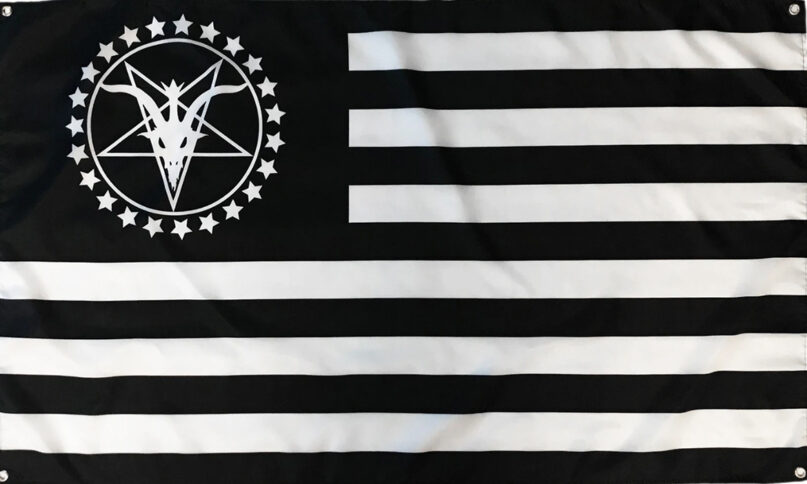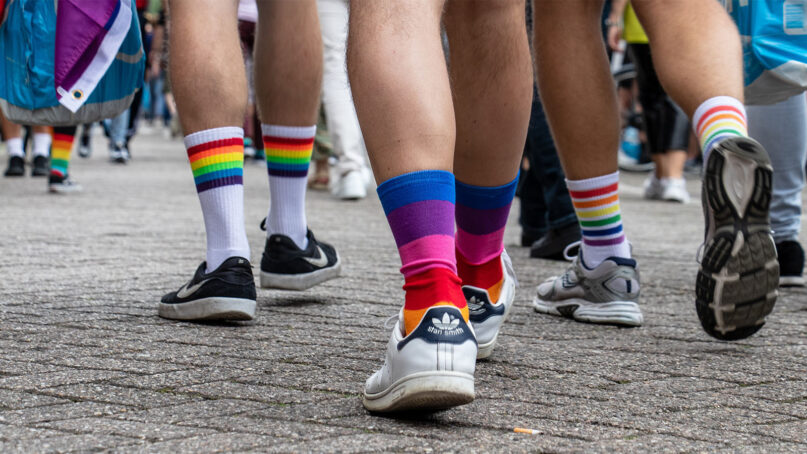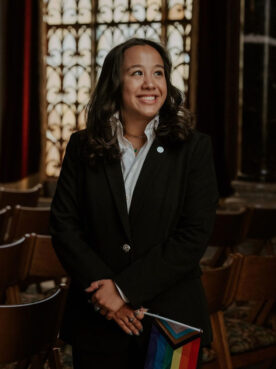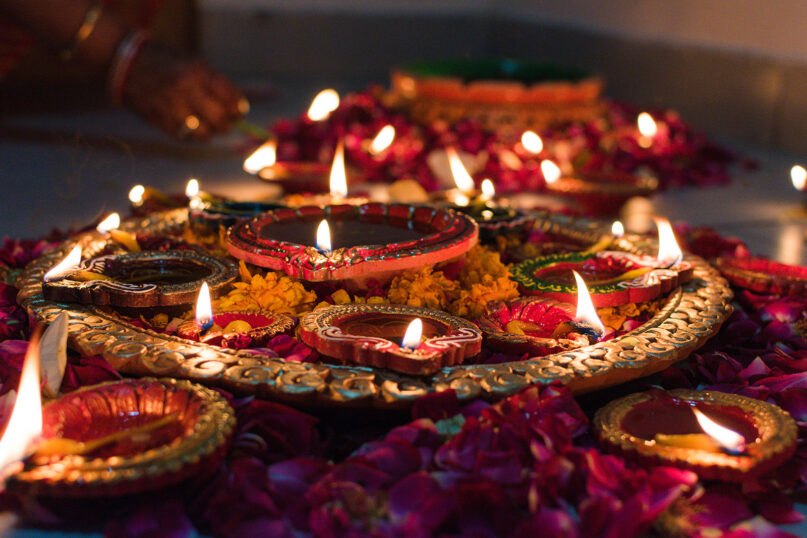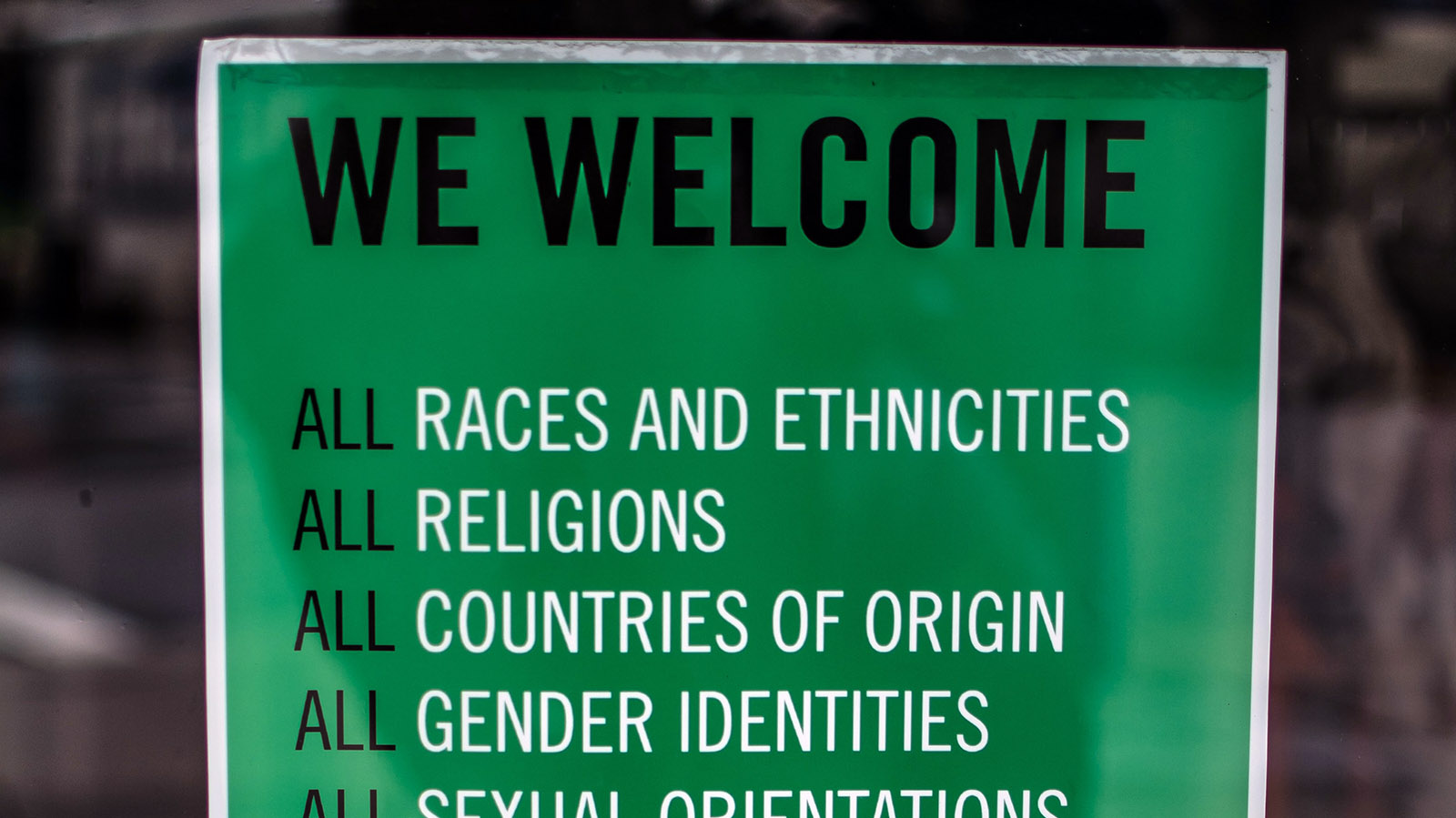By Dennis Thompson, HealthDay News

A new procedure transplanting human nerve cells into rat brains transforms rat brains into a biological living laboratory that could revolutionize research into human mental disorders and brain development, researchers say. Photo by Anna Tyurina/Shutterstock
Human brain tissue has been successfully transplanted into the brains of rats using a cutting-edge experimental procedure, say researchers. They envision the achievement as a promising new frontier in medical research.
Groups of living human nerve cells have become integrated into the brains of laboratory rats, creating hybrid brain circuits that can be activated through input from the rats' senses, the scientists reported Wednesday.
Further, experiments have shown that the human tissue forms a two-way connection within the rat brain, also sending out signals that can potentially alter the rat's behavior, the researchers said.
This procedure transforms rat brains into a biological living laboratory that could revolutionize research into human mental disorders and brain development, said study co-author Dr. Sergiu Pasca. He is a professor of psychiatry and behavioral sciences at the Stanford University School of Medicine, in California.
"You can transplant patient cells into the rat, wait until they integrate into the circuitry and then take your experimental drug or your drug of interest and inject it into the rat," Pasca said. "Then you can see if the drug is reaching the target. Is it changing the defect you're testing?"
Such experiments cannot be performed on humans, but might provide invaluable information applicable to them.
RELATED Study: Injured brain's ability to heal may hinge on time of day, circadian rhythms
The new research revolves around tiny cell cultures called organoids that are created in a lab dish from stem cells.
Organoids can be used to recreate tissue from any human organ. For instance, Pasca's research team has generated tissue belonging to more than a dozen different human brain regions as organoids in the lab.
However, the research value of these cell cultures has been limited because they can't grow to full size in a dish, Pasca said.
RELATED Noninvasive electrical brain stimulation boosts memory, study shows
Brain tissue in a dish also isn't attached to and functioning within a living creature, which is essential in studying mental conditions, he added.
"Psychiatric disorders are behaviorally defined," Pasca said. "So when you find a defect in a cell at the bottom of a dish - let's say faulty dendrites or fewer synapses - will that result in changes in the circuitry? Will that affect behavior? How would those cause disease in a patient? That's the motivation for us to try to integrate these cultures into living systems."
As part of this effort, the researchers transplanted organoids closely resembling the human cerebral cortex into the brains of nearly 100 rat pups just two to three days old.
The young rat brains accepted the human tissue, forming blood vessels to support the organoids and supplying immune cells to protect them against disease, the researchers found.
With this support, the implanted human organoids thrived, eventually covering about one-third of one hemisphere of the rats' brains.
"They grow about six times larger than what an equivalent neuron would grow in a dish," Pasca said. "If you have a batch of organoids and half of them are transplanted and half stay in a dish, if you compare them after 250 days you'll find the human neurons that have been transplanted are at least six times larger."
The human neurons also set up shop in the rat brains, forming working connections with the rodents' own circuits.
For example, when researchers annoyed the rats' whiskers with puffs of air, the human neurons in the rat brains lit up in time with the stimulus.
In fact, the human brain matter integrated well enough to actually affect the behavior of the lab rats, the study authors said.
To demonstrate this, the scientists implanted human organoids that were modified to respond to specific frequencies of blue laser light.
During a 15-day training period, researchers delivered random bursts of blue light delivered by ultrathin fiber-optic cables directly to the implanted organoids. After each burst, the rats were provided water from a tiny spout.
"We wanted to see whether we could teach the rats to associate delivery of reward - in this case, water delivery - with stimulation of human neurons," Pasca said.
By the end of the experiment, a random blue light pulse would send the rats scurrying to the spout, Pasca said.
These human/rat brain hybrids already have yielded some new understanding of Timothy syndrome, a rare genetic condition strongly associated with autism and epilepsy, the team noted.
The scientists transplanted an organoid generated from the cells of a Timothy syndrome patient on one side of a lab rat's brain, and on the other side they transplanted an organoid created from a healthy person.
Watching for five to six months, the researchers found that the Timothy syndrome organoid wound up with much smaller neurons and significantly different electrical activity than the healthy organoid.
These changes and differences did not develop in cells kept in a dish, Pasca said - they required being part of a living being in order to mature to that point.
Researchers might find similar developmental differences in organoids generated from the cells of people with schizophrenia or autism, Pasca added.
The findings were published Wednesday in Nature. A commentary accompanying the paper agreed that these transplants open up a new means of researching the human brain.
"Human neurons are different from those of all other species, and discrepancies in the rate at which rat and human neurons develop will limit how well human-to-rodent xenografts can mirror human brain function," said the article by two Swiss researchers.
"Nevertheless, the ability to produce mature human neural tissues that integrate with their host at the circuit level provides exciting opportunities for studying the development and basic biology of human neural circuitry, as well as representing a new system for testing therapies for human neurological diseases," the commentary concluded.
More information
The Harvard Stem Cell Institute has more about organoids.
Copyright © 2022 HealthDay. All rights reserved.




